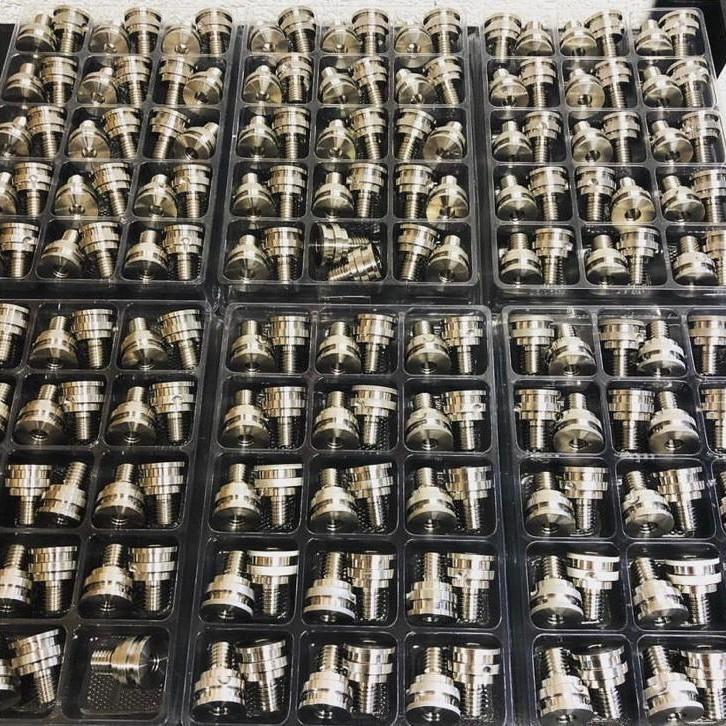Introduction :
Welcome to our blog, where we dive into the realm of machined components. These intricate and precisely engineered parts play a vital role in various industries, from automotive and aerospace to electronics and manufacturing. In this comprehensive guide, we’ll unveil the fascinating world of machined components, exploring their types, materials, processes, and applications. Join us as we uncover the craftsmanship and innovation behind these essential elements of modern engineering.

- Turning: Rotating the workpiece while a cutting tool removes material to create cylindrical shapes.
- Milling: Using rotary cutters to remove material from a workpiece, resulting in various shapes and features.
- Drilling: Creating holes in the workpiece using a rotating cutting tool.
- Grinding: Utilizing abrasives to achieve fine surface finishes and precise dimensions.
- CNC Machining: Computer Numerical Control (CNC) technology that automates machining processes for enhanced precision and efficiency.
- Shafts: Cylindrical rods that transmit torque and rotation.
- Bushings: Cylindrical components used as bearings or sleeves to reduce friction between moving parts.
- Gears: Toothed components that transmit motion and power between rotating shafts.
- Fasteners: Bolts, screws, and nuts that secure parts together.
- Pistons: Cylindrical components that move back and forth within cylinders to create mechanical motion.
- Valves: Components that control the flow of fluids or gases within a system.
- Tolerance: The allowable deviation from the desired dimensions.
- Surface Finish: The quality of the machined surface, typically measured in Ra (roughness average) or RMS (root mean square).
- Geometric Accuracy: The component’s adherence to specified shapes, angles, and dimensions.
- Inspection Techniques: Measurement tools like calipers, micrometers, and Coordinate Measuring Machines (CMMs) ensure accuracy.
Applications:
Machined components find application in various industries, including:
- Automotive: Engine components, transmission parts, and braking systems.
- Aerospace: Aircraft engines, landing gear, and structural components.
- Electronics: Printed circuit boards (PCBs), connectors, and heat sinks.
- Medical: Surgical instruments, prosthetics, and implants.
- Manufacturing: Tooling, jigs, and fixtures for production processes.
CONCLUSION
Machined components represent the pinnacle of precision engineering, enabling the creation of intricate parts that power various industries. From the meticulous machining processes to the diverse materials and stringent tolerances, these components embody craftsmanship and innovation. We hope this guide has provided you with valuable insights into the world of machined components. As you encounter these components in everyday life or delve deeper into engineering and manufacturing, you’ll appreciate the dedication and skill required to bring these precision pieces to life.
Note: we also customized our products as per customer drawings or size, contact us now.






